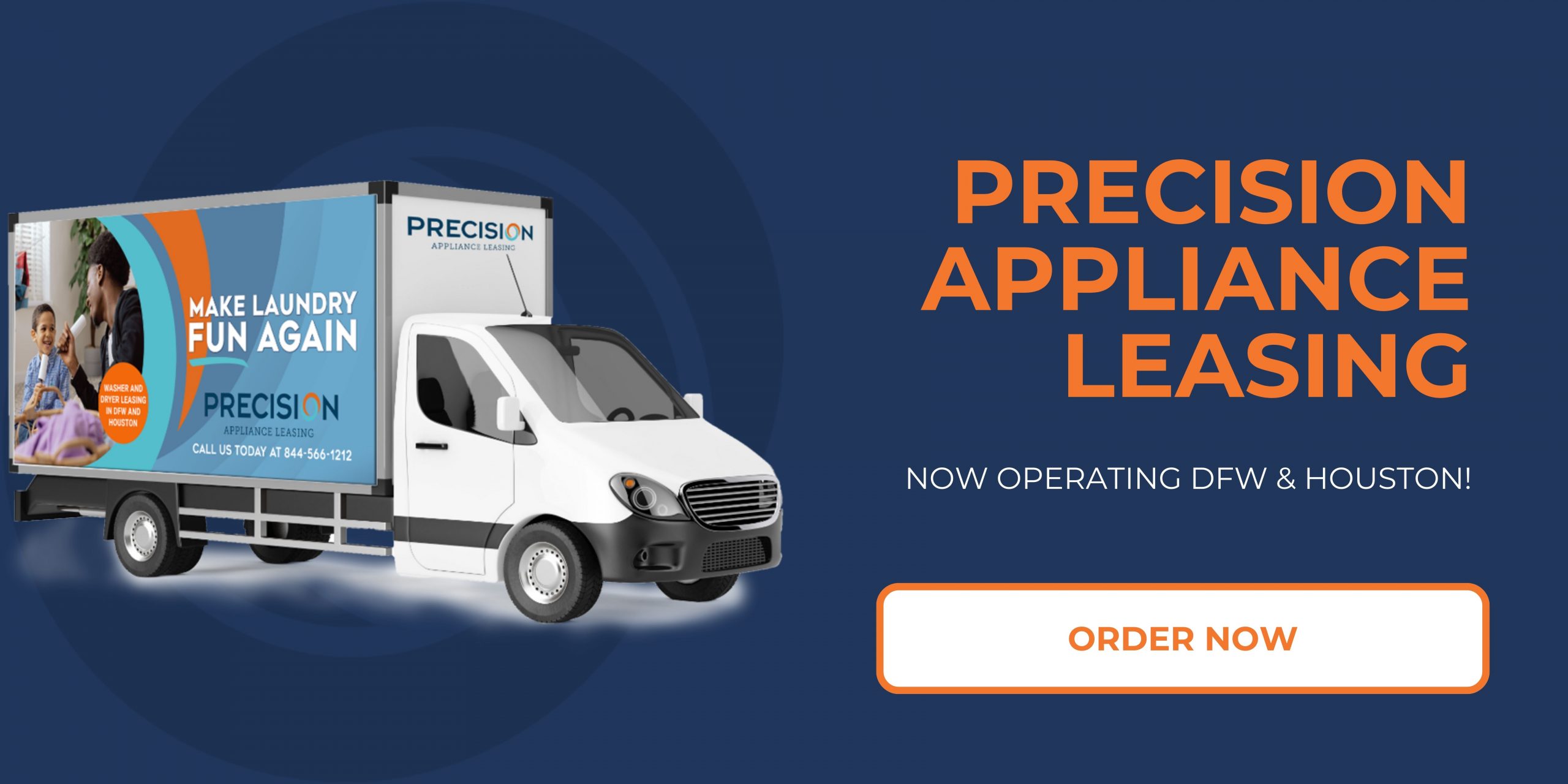How can laundry appliances for multifamily housing save you money in 2025?
In 2025, the landscape of multifamily housing continues to evolve, driven by technological advancements and a growing emphasis on sustainability. Among the many features that landlords and property managers are keen to optimize, laundry appliances stand out as a critical area for cost-saving innovations. With rising utility costs and an increasing focus on energy efficiency, investing in cutting-edge laundry appliances can lead to significant savings for property owners while enhancing tenant satisfaction.
Modern laundry machines equipped with smart technology are designed to be more energy-efficient than ever before. They utilize advanced sensors and programming that adjust water levels and wash cycles based on the size and type of load, drastically reducing water and electricity consumption. Moreover, these appliances often come with energy-saving certifications, which can lower operating costs and provide opportunities for rebates and incentives from utility companies.
Financially, multifamily housing owners are discovering that updating laundry facilities can increase property value and attract more tenants. By providing residents with access to high-quality, state-of-the-art laundry appliances, landlords not only meet the demands of a modern lifestyle but also create a competitive edge in a crowded rental market. Furthermore, self-service laundry facilities, equipped with automated payment systems, can streamline revenue collection and reduce labor costs, allowing for a more efficient management of resources. As multifamily housing trends towards a focus on sustainability and convenience, the integration of advanced laundry solutions becomes a pivotal strategy for financial prudence and tenant satisfaction in the coming years.
Energy Efficiency and Cost Savings
Energy efficiency in laundry appliances is increasingly becoming a pivotal factor for multifamily housing, especially as the demand for sustainable living practices grows. As of 2025, these advanced appliances will not only be designed to consume less energy, but they will also lead to significant cost savings for both property owners and tenants. With energy-efficient washers and dryers, multifamily housing units can drastically reduce their utility bills by minimizing electricity and water consumption. This reduction in utility costs not only assists property managers and owners in managing operational expenses but also reflects a commitment to environmentally friendly practices.
The technology behind energy-efficient laundry appliances has improved substantially, with many models featuring advanced settings that allow users to tailor their energy use based on the size of their loads and the types of fabrics being washed. For instance, high-efficiency (HE) washing machines use less water and detergent, while offering robust cleaning capabilities, thereby reducing the need for frequent replacements of clothes that may wear out faster with harsher washing methods. In addition, the advent of smart technology enables these appliances to optimize their energy use based on real-time data, further maximizing savings.
Moreover, integrating energy-efficient laundry solutions can enhance the overall value of multifamily properties. Buildings equipped with modern appliances that support energy conservation are likely to attract environmentally-conscious tenants, boosting the appeal of the rental units. In 2025, as sustainability becomes an even greater focal point in real estate marketing, properties that showcase low-energy consumption devices will stand out in a competitive market. Overall, the investment in energy-efficient laundry appliances will likely yield long-term financial benefits, confirming them as a wise choice for multifamily housing systems focused on cutting costs and promoting sustainability.
Maintenance and Durability
When considering laundry appliances for multifamily housing, maintenance and durability are paramount factors that can significantly influence both the operational costs and tenant satisfaction. In 2025, the focus on reliable and long-lasting appliances is expected to become even more critical as property owners continuously seek ways to minimize expenses while maximizing service quality. Durable laundry equipment reduces the frequency and cost of repairs and replacements, which is particularly beneficial in settings with high usage demands, such as apartment complexes and multifamily units.
Investing in high-quality, durable laundry machines can lead to substantial savings. Quality appliances are designed to withstand heavy usage, which is common in multifamily housing. When appliances are built robustly, they tend to have lower breakdown rates and longer lifespans, ultimately reducing the need for maintenance interventions. In addition, proactive maintenance practices can be implemented, ensuring that machines are regularly checked and serviced. This not only extends the life of the appliances but also prevents unexpected failures that can disrupt service for tenants, leading to dissatisfaction and complaints.
Furthermore, modern laundry appliances often incorporate advanced technology that not only improves their efficiency but also provides diagnostics, alerts, and usage analytics. Property managers can benefit from this feature by monitoring performance and scheduling timely maintenance before issues escalate into costly repairs. This strategic maintenance approach not only prolongs the life of the machines, ultimately saving money, but also enhances the overall tenant experience by providing reliable and efficient laundry services.
In summary, prioritizing maintenance and durability in the selection of laundry appliances for multifamily housing is a smart financial decision in 2025. By opting for robust equipment and establishing a proactive maintenance regimen, property owners can dramatically reduce operational costs associated with repairs and replacements, all while ensuring tenant satisfaction through dependable service. This strategic investment not only safeguards financial resources but also contributes to enhanced tenant retention and attraction in a competitive rental market.
Automated Payment Systems
Automated payment systems in laundry appliances for multifamily housing represent a significant advancement in how residents engage with their laundry facilities. These systems offer a seamless and efficient way for residents to pay for their laundry services without the hassle of dealing with coins or cash. In 2025, as digital payment technologies continue to evolve and gain popularity, automated payment systems will likely become the norm rather than the exception in multifamily housing settings. This shift not only enhances the convenience for tenants but also streamlines the management of laundry facilities for property owners.
One of the primary financial advantages of implementing automated payment systems is the reduction of operational costs associated with cash handling. Traditional coin-operated machines often require regular maintenance, collection of coins, and management of potential theft or loss of revenue. By moving to a cashless system—whether through mobile apps, credit card payments, or digital wallets—property managers can significantly reduce the labor and time associated with manually collecting and counting coins. This efficiency translates into cost savings, allowing property owners to reallocate resources towards further enhancements or amenities that can improve tenant satisfaction.
Moreover, automated payment systems can provide valuable data analytics that aid in better decision-making. Property managers can track usage patterns, monitor peak hours, and identify which machines are performing well or poorly. This data can inform maintenance schedules, machine replacement, and even pricing strategies. By understanding tenant behavior, managers can optimize their laundry facilities to meet demand more effectively, reducing downtime and increasing overall profitability. Additionally, offering various payment options can cater to a diverse tenant demographic, which is especially important in today’s multifamily housing landscape where convenience can significantly influence tenant retention.
In conclusion, the integration of automated payment systems in laundry facilities not only saves money by decreasing operational complexities and improving management efficiency, but it also fosters a higher level of tenant engagement and satisfaction. As technology continues to advance and more residents seek convenience in their everyday lives, multifamily housing operators who adopt these systems in 2025 will likely see greater tenant retention and a more streamlined operational process, ultimately benefiting their bottom line.
Space Optimization and Design
Space optimization and design in laundry appliances for multifamily housing are crucial aspects that can lead to significant savings and improvements in functionality. In 2025, the importance of maximizing available space while ensuring that the laundry area is both practical and aesthetically pleasing has never been greater. In urban environments, where square footage is often at a premium, efficient use of space can enhance the overall appeal of a multifamily property, thereby attracting more tenants.
Modern laundry appliances are designed with compactness in mind, allowing for the integration of washing machines and dryers into smaller, dedicated laundry rooms or communal spaces. These designs often include stackable units or combination washer-dryer systems that take up less floor space while still providing the functionality necessary for residents. By effectively utilizing limited areas, property managers can offer laundry facilities without sacrificing other essential amenities or reducing living space.
Moreover, thoughtful design in laundry facilities can reduce operational costs indirectly. For example, streamlining the layout of laundry rooms to facilitate greater flow can lead to faster turnaround times for washing and drying, which means that more tenants can use the facility in a shorter period. This increase in efficiency can lead to decreased energy costs, as machines will not be running as long due to minimal waiting times.
Additionally, appealing designs aligned with modern aesthetics can result in higher tenant satisfaction. When residents appreciate their shared spaces, they are more likely to utilize them and appreciate their value, which can ultimately lead to improved tenant retention and reduced vacancy rates. In 2025, where many renters prioritize lifestyle features, multifamily properties that boast well-designed laundry facilities can gain a competitive edge. By investing in space optimization and smart design, property owners can create an environment that enhances both convenience and comfort, yielding long-term cost savings through increased occupancy and lower tenant turnover.
Tenant Satisfaction and Retention
Tenant satisfaction is a pivotal aspect of managing multifamily housing, and the availability of modern laundry appliances plays a significant role in enhancing this satisfaction. When laundries within such properties are equipped with efficient and convenient appliances, residents are more likely to view their living arrangement positively. This satisfaction can translate into longer lease agreements and reduced tenant turnover, both of which contribute to considerable cost savings for property owners and managers.
In 2025, the significance of tenant satisfaction cannot be overstated as competition among multifamily housing properties intensifies. Residents are increasingly seeking amenities that not only enhance their lifestyle but also simplify daily tasks. By providing high-quality, user-friendly laundry appliances, property managers can meet these expectations. Features such as advanced technology, energy efficiency, and quick wash cycles cater to the busy lifestyles of residents, which can ultimately enhance their overall tenant experience.
Moreover, satisfied tenants are also more likely to recommend the property to others, leading to organic growth in occupancy rates without the added costs of marketing and leasing incentives. As word-of-mouth continues to be a powerful marketing tool, the role of tenant satisfaction in retention becomes even more critical. By investing in modern and efficient laundry facilities, property owners can bolster tenant loyalty and create a community that residents want to remain a part of for the long term.
In summary, implementing high-quality laundry appliances not only meets the practical needs of tenants but significantly boosts their satisfaction and retention rates. With lower turnover rates, multifamily housing owners can save on costs associated with preparing units for new tenants, such as cleaning, repairs, and marketing expenses, ensuring that their investment in laundry appliances pays off not just in immediate utility, but in long-term financial benefits.


